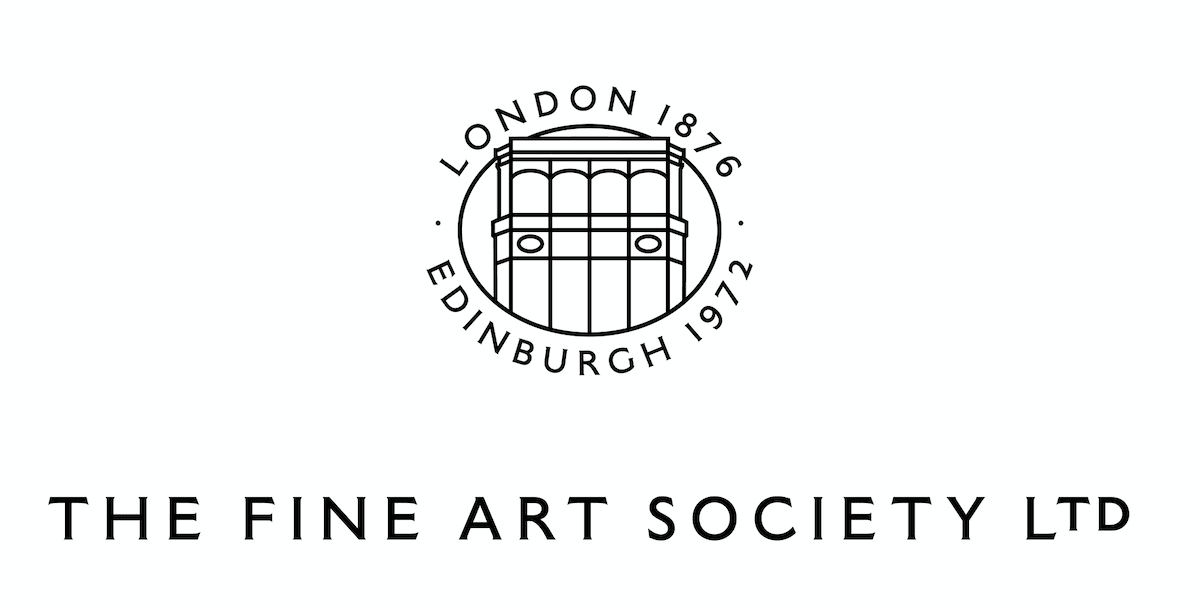James McBey: Etchings and Watercolours
"He began at dawn; he spent hours at the end of the Rialto or at a table under the shady colonnade of the Chioggia Cafe in the Piazzetta making pen and ink notes of figures; or in a gondola on the canals or the Giudecca, making studies of shipping, of buildings and their reflections; at night he would be out again in his gondola, working on a copper plate by the light of three tallow candles in an old tin! Never has anyone been less dependent on the orthodox paraphernalia of this craft. Never was an artist more indefatigable. I have known in a day's bag an oil sketch, a brace of watercolours, several pen studies and an etching..."
These are the words of Martin Hardies of the art dealers Reid & Lefevre, describing James McBey’s extraordinary working process (The Print Collector's Quarterly, October 1925), as he prepared for his first solo show with The Fine Art Society in 1925. McBey was walking in the footsteps of one of his greatest influences, James McNeill Whistler, for it was Whistler's book, The Gentle Art of Making Enemies, that had convinced him as a young artist to put down the paint brush and to pick up the etching plate. And so he had travelled to Venice in 1924, accompanied by his lifelong friend Duncan M. Macdonald, (a partner in Reid and Lefevre), where they took a flat in the Palazzo de Bresson overlooking the Grand Canal. It was the same year that McBey painted our portrait of Macdonald (likely executed as a gift for Macdonald’s wife).
McBey’s etchings of Venice show the clear influence of Whistler. 'A Tartane Leaving Venice, 1925' possesses the same economy of line and deft handling of shading to effect the play of light in the image, that Whistler had employed in his Venetian etchings 50 years before. His work also shows the influence of Rembrandt, and it was on account of the Flemish genius that the young McBey first sailed to Europe, to seek out his works and learn from them. It was this hunger to learn, and a sense of adventure, which drew McBey to travel throughout his life and, whilst his portraits and commissions brought him notoriety and success, it was the etchings and watercolours from his travels that would form his greatest legacy. This exhibition focuses on these exquisite etchings and watercolours, spanning the artist's long career and travels across the globe, from Scotland, to Venice and New York.
[left] Portrait of Duncan M MacDonald, 1924. MacDonald, a lifelong friend of McBeys, travelled with the artist to Venice in 1924.


